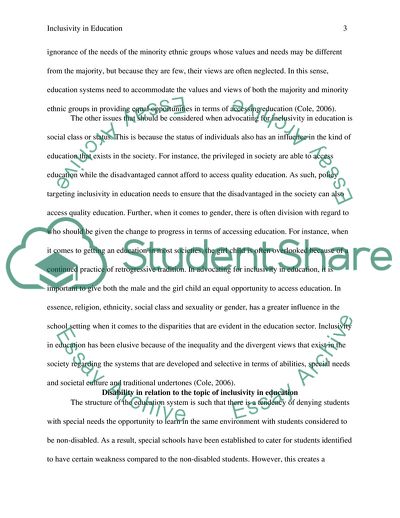Cite this document
(Inclusivity in Education Coursework Example | Topics and Well Written Essays - 3750 words, n.d.)
Inclusivity in Education Coursework Example | Topics and Well Written Essays - 3750 words. https://studentshare.org/education/1832580-inclusivity-in-education
Inclusivity in Education Coursework Example | Topics and Well Written Essays - 3750 words. https://studentshare.org/education/1832580-inclusivity-in-education
(Inclusivity in Education Coursework Example | Topics and Well Written Essays - 3750 Words)
Inclusivity in Education Coursework Example | Topics and Well Written Essays - 3750 Words. https://studentshare.org/education/1832580-inclusivity-in-education.
Inclusivity in Education Coursework Example | Topics and Well Written Essays - 3750 Words. https://studentshare.org/education/1832580-inclusivity-in-education.
“Inclusivity in Education Coursework Example | Topics and Well Written Essays - 3750 Words”. https://studentshare.org/education/1832580-inclusivity-in-education.


